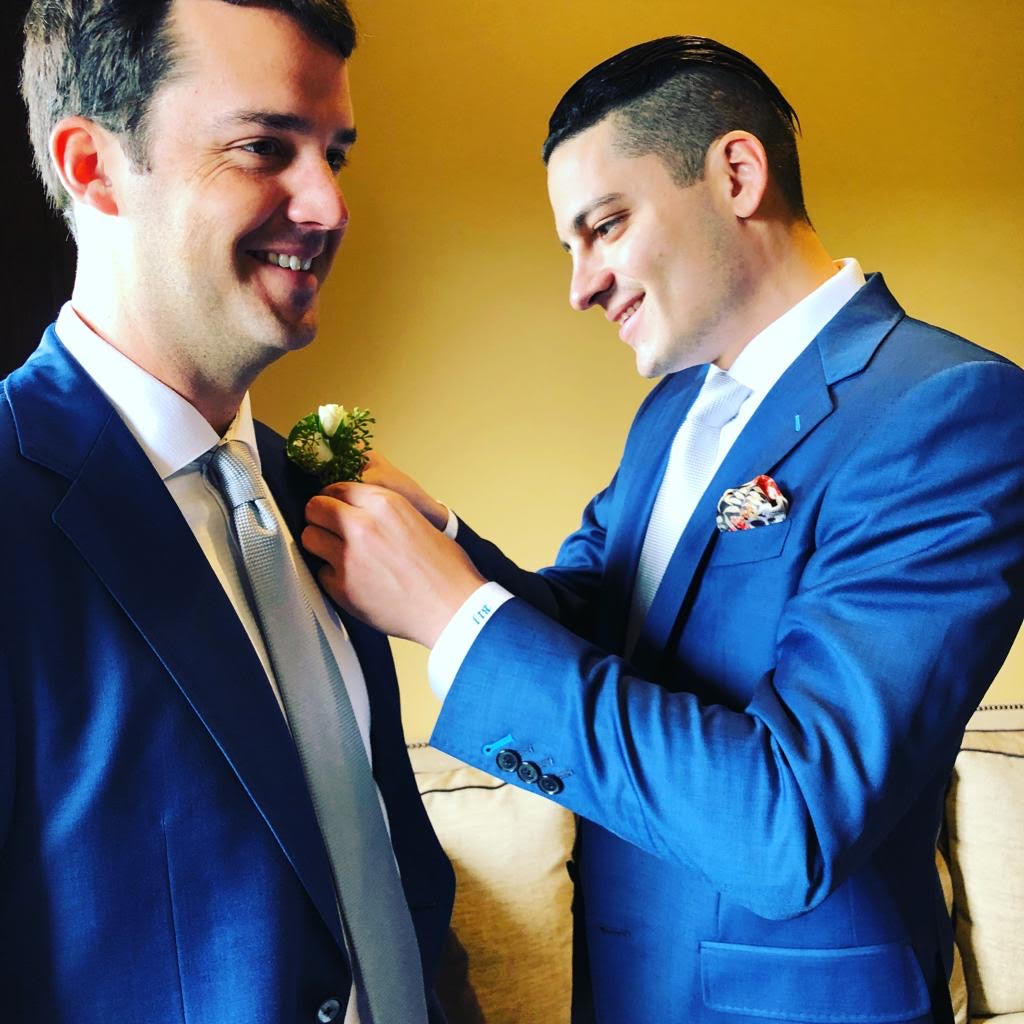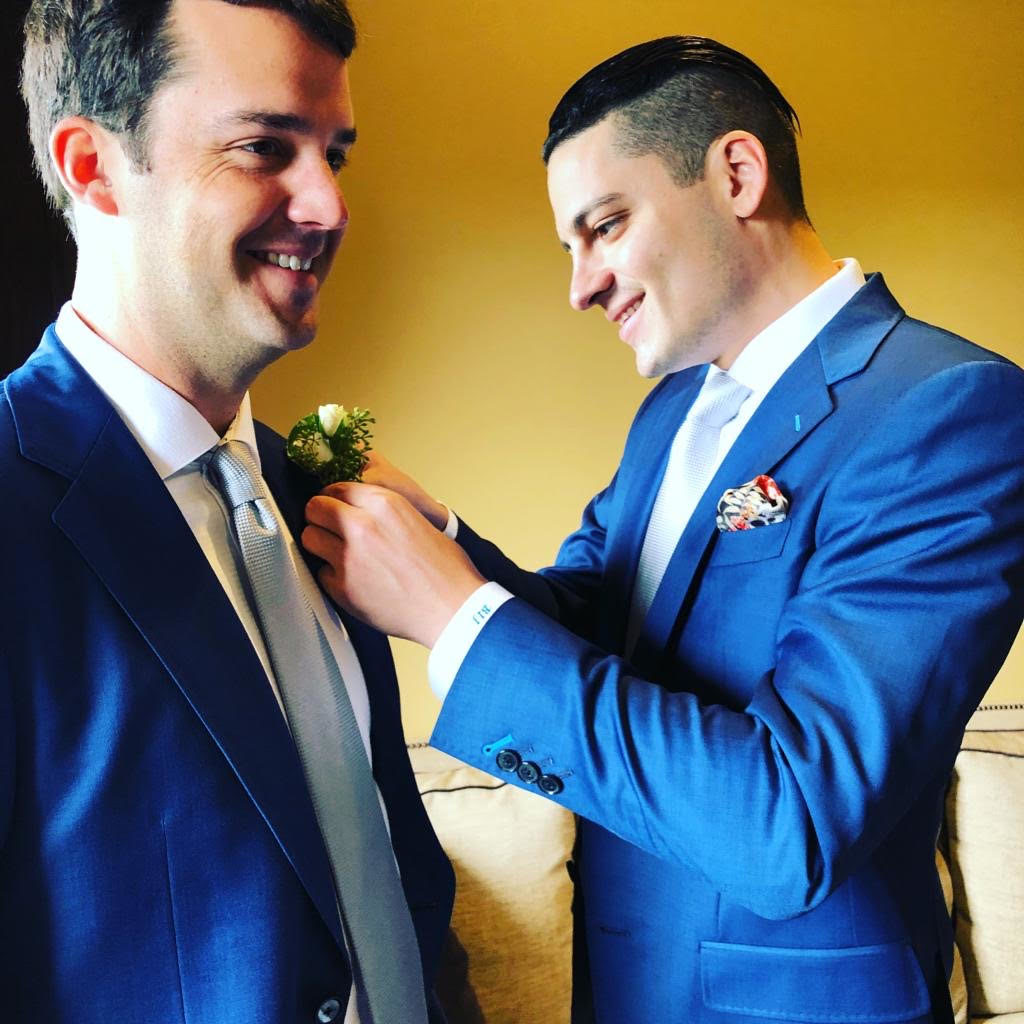Are Bespoke And Tailor-Made The Same Thing?

“Bespoke” and “Tailor-Made” might sound like exactly the same thing to you, and to be fair, you could be forgiven for thinking that. The dictionary definition of “bespoke” is basically the phrase “tailor-made”. The difference between the two words in the fashion industry, however, is in the level of control one has over the process of creating the suit.
What is a “Bespoke” suit?
Bespoke tailoring has its origins in 19th century London, a time where every man and their dog wore a tailored suit, British linen was considered the height of elegance and London was the center of the fashion universe at the time.
Bespoke suits are built from nothing. They are the cream of the crop of suits and are built to a customer’s exact measurements and specifications. They give complete control to the customer of almost every detail of the creative process and leave the customer with a suit that is uniquely made for them, by them.

Bespoke suits are generally much pricier than their tailor-made counterparts due to the almost endless customizability of the suits.
What is a “Tailor-Made” suit?
While you might think that “bespoke” and “tailor-made” are the same thing – they’re not. Whereas bespoke suits begin from the ground up, tailor-made suits start with some sort of base pattern. That’s the key difference. Tailor-made suits often begin with some sort of basic level of shape and sizing. They start with a pattern, rather than starting from scratch.
Tailor-made suits tend to be cheaper to purchase as a result of this – there is simply less of everything in a tailor-made suit, as the pattern is already created for the tailor. Therefore, buying tailor-made requires less of each material, fewer hours to create, therefore a cheaper product.
The Cost Factor
Make no mistake, bespoke suits are far more expensive than their tailor-made counterparts. This is because of the artistry involved in the creation of a bespoke suit. In total, the average bespoke suit takes around 40 hours of labor to complete. Therefore, the average American consumer can expect to pay around $3000. Of course, this is not necessarily an accessible option for most people, therefore many will choose tailor-made.
What’s Better for Me?
That’s a fair question. It comes down to a few things: budget, desire, and availability. Tailor-made suits are without question cheaper and more available than bespoke suits. However, they aren’t necessarily going to fit you properly, and because of this improper fit, you could find yourself needing another suit in a year, as an ill-fitted suit causes the fabric and fibers to break down faster, making for loosening stitching and therefore fashion problems of the sort nobody wants.
Bespoke, however, will fit you just as well now as it will in ten years from now – providing you undergo no drastic body changes. This is beneficial as it actually saves you money in the long run, buying one or two suits that last you several years is much better than buying one suit per year because you’ve outgrown the poorly-fitted “tailor-made” one.
Choosing A Suit
Whatever you decide, here are some things to pay attention to when you’re buying your suit:
What’s the occasion you’re buying for? Is there something in particular (like a wedding) or are you just after a long-lasting suit you can wear to work? The answer to this will determine the rest of these points.
What colour do you like? You generally have four options: grey, blue, brown, and black. But that’s not to say you can’t go a little bit different either! Grey or blue are good choices for an everyday suit, while black is more formal. Brown can be a little harder to wear and match.
What fabric do you want?
- Wool is versatile and common, ideal for colder weather
- Flannel is heavy, wrinkle-resistant, and great for winter
- Corduroy is long-lasting, fashionable, and warm.
- Silk is fashionable and lightweight
- Linen is light and comfortable
- Tweed is thick, robust, and warm
- Cotton is breathable, absorbs moisture efficiently, and easy to maintain
When it comes to the actual design, you have a few things to think about. For the collar, there are two types of lapels: notch lapels and peak lapels. On most single-breasted suits and blazers, a notch lapel is typical. Peak lapels are popular on double-breasted jackets and dinner suits. With buttons, you can choose one-button jackets that are more formal, two buttons are timeless and classic, or three buttons – though this is considered a little old-fashioned.
You might also consider whether or not you want shoulder pads, the length of the sleeves, and the jacket length in general. If you need some advice, get in touch with our team today.
